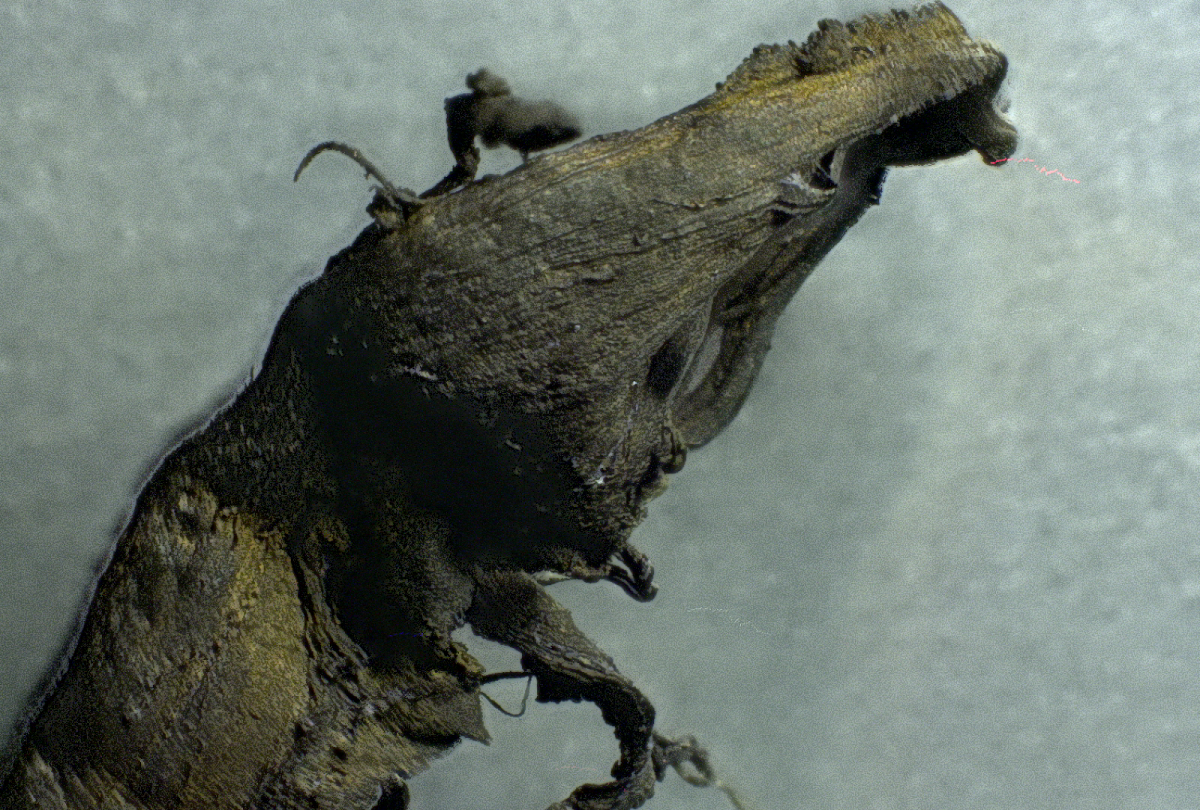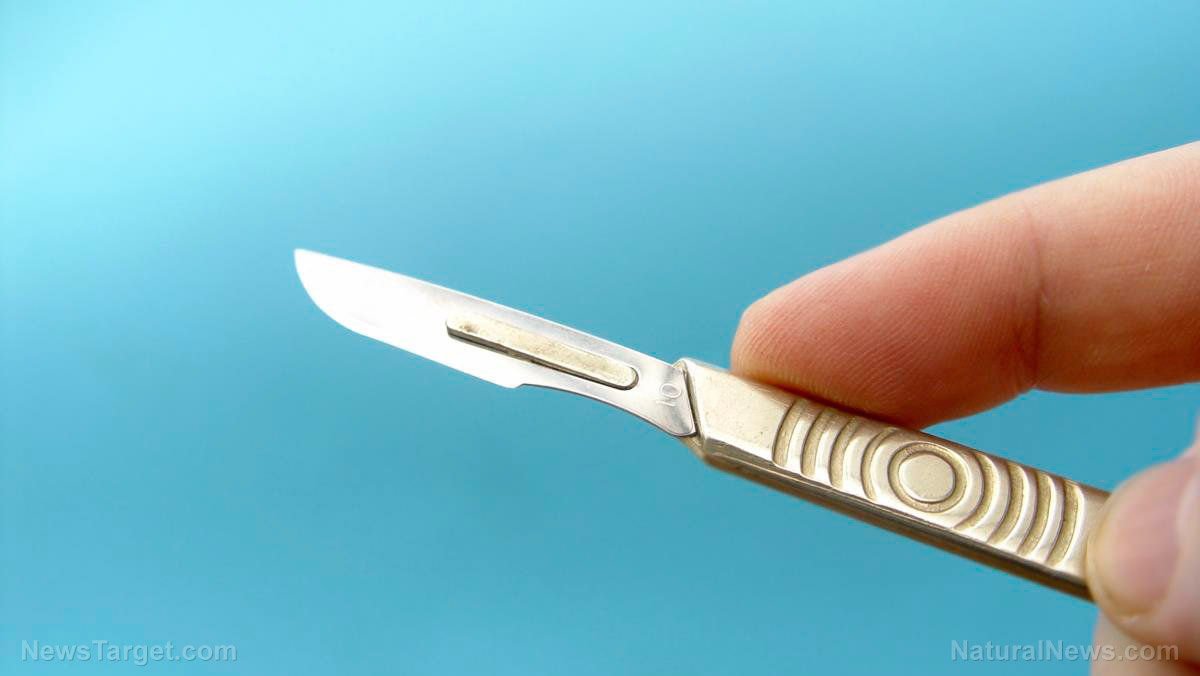Study: Cortisone injections for hip and knee pain can speed up joint disintegration, which results in patients needing joint replacements
12/15/2020 / By Virgilio Marin

Researchers from the Boston University School of Medicine (BUSM) have found that a commonly used painkiller for hip and knee pain called cortisone injections may be more dangerous than previously thought. In a review published in the journal Radiology, the researchers found that cortisone injections may accelerate joint disintegration and hasten the need for hip and knee replacement surgeries.
“We’ve been telling patients that even if these injections don’t relieve your pain, they’re not going to hurt you,” said co-author Dr. Ali Guermazi of BUSM’s Department of Radiology and the Veterans Affairs Hospital in Boston.
“But now we suspect that this is not necessarily the case,” added Guermazi.
Cortisone shots linked to joint destruction
Cortisone shots are also called corticosteroid or steroid shots. These are anti-inflammatory medications commonly injected into joints to treat the pain and swelling associated with osteoarthritis and rheumatoid arthritis. Before the study, the procedure was widely considered safe, and while patient consent forms mention the risk of hemorrhage and infection, these side effects were thought to be rare.
However, recent studies are beginning to chip away at this assumption as findings have suggested that cortisone injections may be frequently associated with adverse effects on the joints. The researchers reviewed these studies as well as the health records of nearly 500 patients who had been injected with cortisone in the hips and knees in 2018.
After analyzing the existing literature, the researchers identified four main adverse effects: accelerated osteoarthritis combined with the loss of joint space, the development of stress fractures beneath the cartilage, the death of bone tissue and rapid joint destruction including bone loss.
The researchers also found that eight percent of the patients experienced complications, with 10 percent of them receiving the injection in the hips and four percent in the knees. (Related: Steroid use linked to increased risk of bacterial and viral infections.)
“Physicians do not commonly tell patients about the possibility of joint collapse,” said Guermazi. “This information should be part of the consent when you inject patients with intra-articular corticosteroids.”
The researchers also recommended physicians monitor patients who are referred for cortisone injections to treat joint pain but display mild or no osteoarthritis based on imaging results. Previous studies showed that these individuals are at risk of progressive joint space loss or destructive osteoarthritis after injection.
The team said that a planned injection may need to be reconsidered especially when the patient has an acute change in pain that’s not explained by imaging findings. They said that an underlying condition may be responsible for joint pain.
“[Potential] aggravation of pre-existing conditions or actual side effects in a subset of patients need to be explored further to better understand the risks associated with it,” added Guermazi.
Natural alternatives for treating joint pain
The following therapies may offer natural pain relief to those with arthritis:
- Massage Therapy – Massage performed by a professional therapist helps relieve pain, improve tendon and muscle flexibility, and increase the joint range of motion.
- Yoga – Studies show that yoga and other forms of stretching exercises help reduce arthritis symptoms, including swollen and tender joints, and joint pain.
- Curcumin – Curcumin is a potent anti-inflammatory and antioxidant natural compound commonly found in turmeric. Studies show that curcumin helps reduce joint destruction, pain and inflammation.
- Other supplements and herbs – Glucosamine, chondroitin and fish oil supplements, as well as the herbs boswellia and the devil’s claw, have been shown to help ease arthritis pain.
Consider these natural alternatives to boost your joint health and prevent the adverse effects of cortisone injections. Learn more about natural pain relievers at Remedies.news.
Sources include:
Submit a correction >>
Tagged Under:
corticosteroids, cortisone injections, harmful medicine, hip pain, joint destruction, joint pain, knee pain, Osteoarthritis, Prescription Medicine, research, rheumatoid arthritis
This article may contain statements that reflect the opinion of the author
RECENT NEWS & ARTICLES
COPYRIGHT © 2017 DANGEROUSMEDICINE.COM
All content posted on this site is protected under Free Speech. DangerousMedicine.com is not responsible for content written by contributing authors. The information on this site is provided for educational and entertainment purposes only. It is not intended as a substitute for professional advice of any kind. DangerousMedicine.com assumes no responsibility for the use or misuse of this material. All trademarks, registered trademarks and service marks mentioned on this site are the property of their respective owners.





















